Encounter with Baekje, The Empire of East Asian Culture
Photo Exhibition, WTC 2 Lobby, 9-22 November 2020Gongju
Era Ungjin (475-538 Masehi)
Masa setelah pindahnya ibu kota Baekje dari Hanseong ke Ungjin (sekarang; kota Gongju) disebut sebagai Era Ungjin (475-538 Masehi). Setelah ibu kota pindah ke Ungjin, Baekje dapat memulihkan stabilitas kekuasaan berdaulatnya dengan mengatasi kerusuhan politik, memulihkan hubungan dengan negara-negara di sekitarnya, dan memperkuat fondasi kebangkitan Baekje.
Budaya pada era ini sangat penting, karena merupakan periode sentral dalam membuat budaya yang berbeda, yang dapat menyesuaikan dan mengharmonisasikan karakteristik utara dan selatan.
Buyeo
Era Sabi (538-660 Masehi)
Karena stabilitas politik yang didapatkan pada Era Ungjin, Baekje kembali melakukan perpindahan ibu kota ke Sabi (sekarang : Buyeo-gun), yang merupakan kota terencana pertama dalam sejarah Semenanjung Korea. Periode sejak pindahnya ibu kota ke Sabi sampai dengan keruntuhan Baekje tersebut dengan Era Sabi (538-660 Masehi).
Selama Era Sabi, Baekje melahirkan kebudayaan yang cemerlang dan luar biasa dari landasan kebudayaan Cina dengan menambahkan teknologi dan perasaan orang-orang Baekje, serta memberikan kontribusi yang sangat besar terhadap kemajuan kebudayaan di Timur Laut Asia melalui penyebaran ilmu pengetahuian ke negara-negara di sekitarnya.
Era Iksan
Era Sabi Akhir
Raja Mu (periode pemerintahan: 600-641 Masehi), yang memimpikan kebangkitan Baekje, membangun sebuah istana kerajaan dan sebuah kuil Buddha berskala besar di Geummajeo (sekarang Iksan) untuk membuat sebuah dunia baru dengan fondasi kepercayaan Maitreya.
Mimpi Raja Mu untuk menjadi Chakravartin (penguasa yang rasional, universal, bahkan mendapat pencerahan) diwujudkan dengan membuat dunia baru, yaitu dunia Maitreya.





